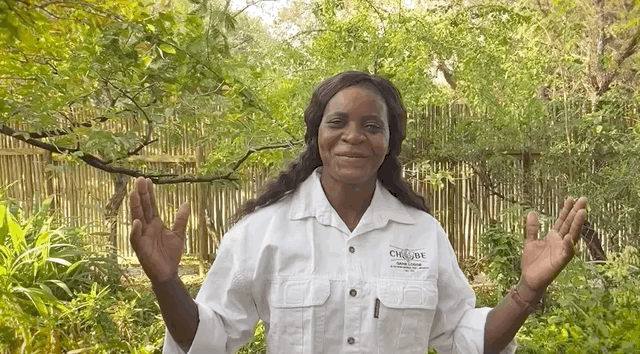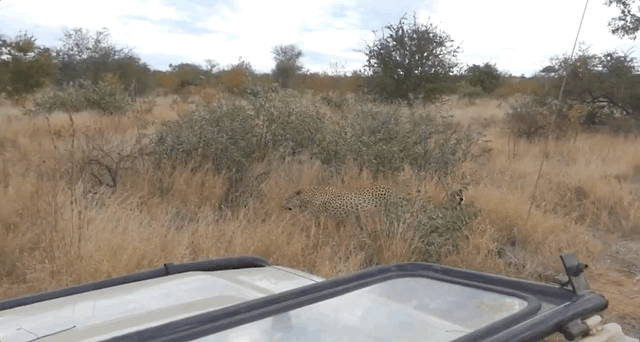Travel is a topic that is possibly the best suited for video marketing, as its very essence is about visual storytelling.
The experience generally starts before the journey even begins: people enjoy seeing where they will be staying and what they will be doing, and after their trip enjoy seeing their memories saved in digital format.
This is a guest post by Lifetree Marketing and Media
Lifetree Marketing offers strategic marketing, communications and business development direction and support, as well as the implementation of day-to-day sales and marketing activities.
More about this GuruThe pandemic has undoubtedly fast-tracked the transition to a more digital world. The Harris Poll conducted between late March and early May 2020, found that up to 51% of US adults were using social media more since the outbreak began.
It’s safe to say that online bookings will continue to trend upward as people have grown accustomed to buying online. If you want to capture more bookings when travel resumes, video has to be a core part of your marketing strategy.
Given the high demand for video content, many travel brands are now at the frontline of the video marketing revolution. By capitalising on this growing consumer demand, you can supercharge your own social media strategies alongside boosting your visibility and capturing the attention of your target markets.
Fortunately for Jo Public, smartphone technology is moving forward in leaps and bounds, with cameras getting better and processing power becoming faster. Creating short "disposable" video stories for social media doesn't need to cost an arm and a leg; you can easily shoot on your smartphone.

But good content is as important as basic technical know-how. Keep your story simple (with one theme/idea per clip) and ensure that the content is relevant and engaging. Plan ahead - a script isn’t just a chat to a camera, it’s a dynamic message that should persuade someone to transition from viewer to customer.
5 Tips for effective video storytelling
- Write a short script: This is your plan to outline what your story is about and whom it will be aimed at
- Tell a story: It’s the key ingredient to a successful video
- Keep your story simple: Find single moments
- Make it visual: Which is generally easy in the tourism world
- Make it memorable: If you can make people laugh or cry, your video will be that much more effective

Guidelines for shooting better video using your smartphone
- Portrait or Landscape? Be mindful of orientation. With a rise in applications that thrive on portrait videos (filming upright, rather than horizontal) like Instagram Stories and TikTok, it's important to consider where you plan to use your content before filming. For Youtube, your website or general social media use, be sure to film in landscape (hold your phone sideways). For disposable social media content like Stories or IGTV, add some portrait videos to your list.
- Set your phone or camera to 1920x1080 size at either 25 or 50 frames a second
- Avoid pointing your camera into direct sunlight as it will be too bright
- Try and film in the morning or afternoon with a good source of softer, natural light (midday light can be stark)
- When recording audio, minimise background noise and ensure that the speaking is clear and loud if you have a voice over or you are interviewing someone
- Avoid a shaky camera - if you don't have a tripod, prop it up – or get someone to hold it
- If you are interviewing someone, make sure we can see the background/setting you’re in, and that the background isn't cluttered or messy
- If some funding is available, invest in a gimble to up the production value
Download one of the free editing apps (eg. VN Video Editor, Quik, InShot or iMovie) to your phone and voila, you have your own video content!


